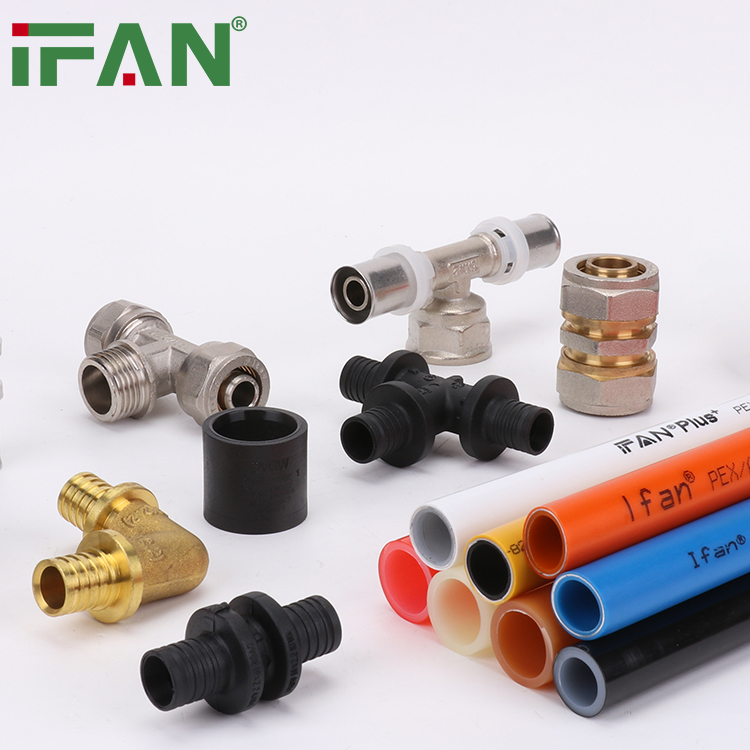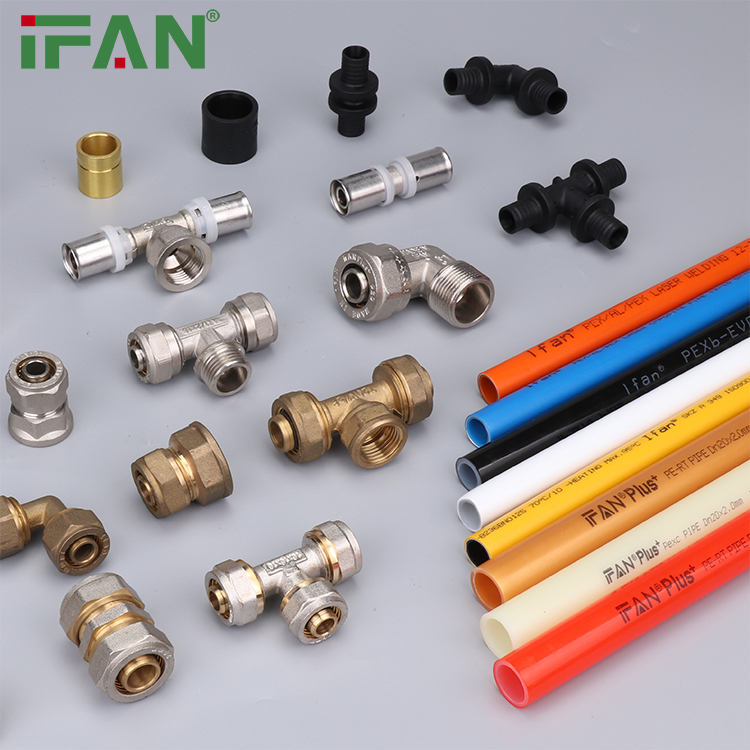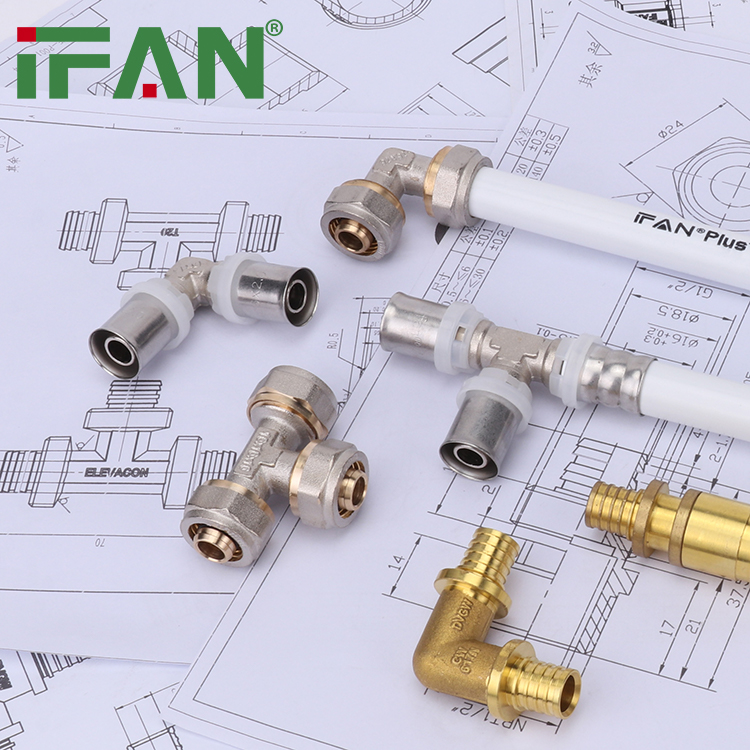Introduction
PEX (cross-linked polyethylene) pipes have gained popularity in plumbing systems due to their flexibility, durability, and ease of installation. One crucial factor to consider when using PEX pipes is their pressure resistance. In this article, we will explore the pressure limits and capabilities of PEX pipes.

Pressure Ratings and Standards
PEX pipes are manufactured to meet specific pressure ratings and standards established by various organizations. The most commonly used pressure ratings for PEX pipes are 80 psi (pounds per square inch), 100 psi, 160 psi, and 200 psi. These ratings determine the maximum pressure that the pipes can withstand in normal operating conditions.
It is crucial to ensure that the chosen PEX pipes are suitable for the intended application and meet the required pressure rating standards. Consult the manufacturer’s documentation or relevant plumbing codes to determine the appropriate pressure rating for your specific plumbing system.

Operating Pressure
PEX pipes are designed to handle a wide range of operating pressures. The actual operating pressure will depend on the specific application, such as residential or commercial plumbing systems, and the local plumbing codes.
In residential plumbing systems, typical operating pressures range from 30 psi to 80 psi. However, some areas may have higher or lower water pressure, which should be taken into consideration when selecting PEX pipes. Consult with a plumbing professional to determine the appropriate operating pressure for your specific location.

Burst Pressure
The burst pressure of a PEX pipe refers to the maximum pressure at which the pipe will rupture or burst. Burst pressure is a critical factor to consider as it determines the pipe’s maximum strength and ability to withstand sudden pressure surges.
PEX pipes have high burst pressure due to their cross-linked molecular structure, which provides increased strength and resistance to ruptures. The burst pressure of PEX pipes can range from 200 psi to over 300 psi, depending on the diameter and type of PEX pipe.
It is important to note that while PEX pipes have high burst pressure, they should not be subjected to pressure exceeding their rated pressure, as this may lead to premature failure or damage.
Temperature Considerations
In addition to pressure ratings, the temperature of the transported fluid can also affect the performance and pressure resistance of PEX pipes. PEX pipes are designed to handle both hot and cold water applications. The temperature limits for PEX pipes will depend on the specific type of PEX (PEX-A, PEX-B, PEX-C) and the manufacturer’s specifications.
For example, PEX-A pipes typically have higher temperature resistance, ranging from -40 degrees Celsius to 95 degrees Celsius (-40 degrees Fahrenheit to 203 degrees Fahrenheit). PEX-B and PEX-C pipes have slightly lower temperature limits, ranging from -20 degrees Celsius to 82 degrees Celsius (-4 degrees Fahrenheit to 180 degrees Fahrenheit).
It is important to ensure that the selected PEX pipes are suitable for the expected temperature range of the plumbing system to avoid any potential damage or failure.
Water Hammer and Pressure Surges
Water hammer and pressure surges are sudden increases in pressure caused by the rapid deceleration or acceleration of fluid in the plumbing system. These pressure surges can exert more stress on the pipes than the normal operating pressure.
PEX pipes have good resistance to water hammer and pressure surges due to their flexibility and ability to absorb the shock caused by the sudden pressure changes. However, it is essential to follow proper installation practices and include appropriate measures, such as the use of expansion loops or water hammer arrestors, to minimize the impact of water hammer on the PEX pipes.

Conclusion
PEX pipes have excellent pressure resistance and can handle a wide range of operating pressures. The pressure ratings, burst pressure, and temperature limits of PEX pipes will depend on the specific type of PEX and the manufacturer’s specifications. It is essential to select PEX pipes with the appropriate pressure rating for the intended application and ensure that they are installed correctly to minimize the risks associated with high pressures and pressure surges. Consult with a plumbing professional to determine the suitable PEX pipes and pressure ratings for your specific plumbing system to ensure safe and reliable operation.






